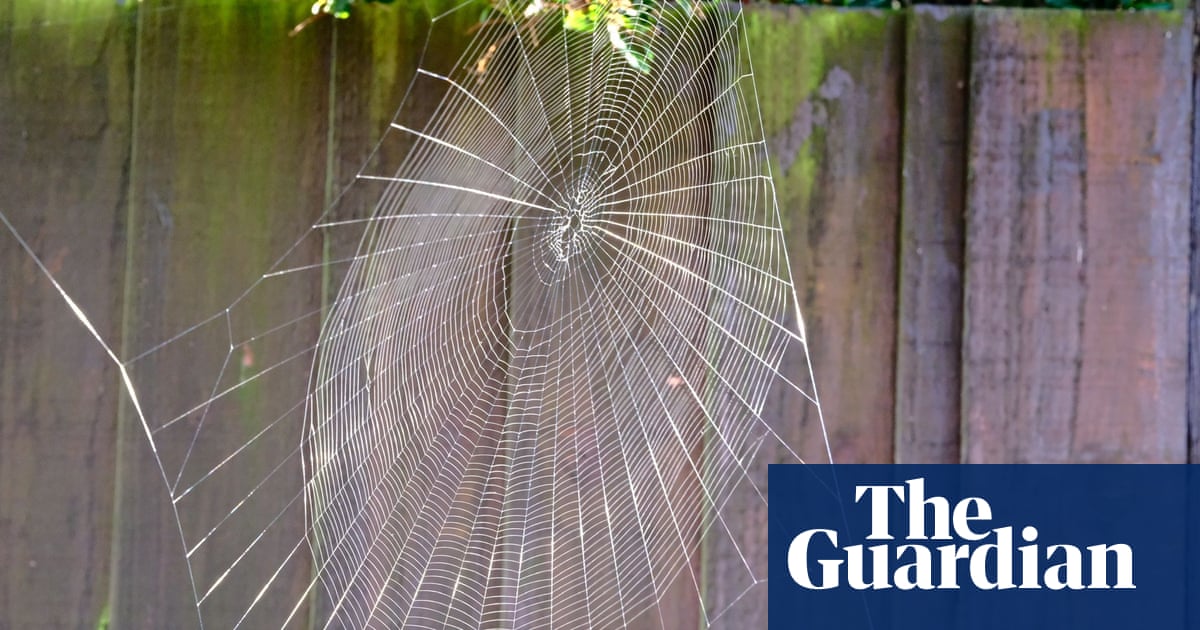
An eruption of quacks from a female mallard draws my gaze up the River Lagan. Two pairs. Further on, two single males. Familiarity can breed a dismissal of “Oh, it’s just a …” but the mallard drake is a splendid creature.
My stare lands on a bottle-green head, its sunlit iridescence melding with the water’s reflected sheen to shimmer through his feathers. The primary-yellow bill. The thin white collar over his chocolate-coloured breast. The finely vermiculated porcelain-grey and taupe that sweep down to the rump, with its upturned kiss-curls and white wedge of tail. His mate’s plumage is an embroidery of browns, but she shares with him a bright blue flash on the wing’s secondary flight feathers, called the speculum.
The reeds stir. Three more drakes emerge on to the open water. A loitering female swims quickly to catch up with her mate. Her caution is wise. This tranquil scene masks a dark contest. The sex ratio of mallard populations is skewed towards males, and surplus males gang up to bully females into what biologists coyly term “forced copulation”. It’s something that I still find disturbing. Female mallards usually resist, but can even end up drowning. Sticking close to one’s mate offers some protection until the ducklings hatch; whereupon their father decamps, perhaps to join a gang of marauding bachelors.
Drakes succeed in mating with unwilling females partly because, as an evolutionarily ancient group, duck species have retained the avian penis, which is highly unusual among birds (for most species, sperm transfer relies on a cooperative genital “kiss”).
But that’s not the whole story. Nature has contrived to provide female mallards with inbuilt contraception. The vagina has a spiral that counters unwelcome penetration by a male’s corkscrew-shaped penis (a spiral that apparently relaxes when a female solicits copulation). It also has dead-end “pouches” to receive unwanted sperm. An undesired male may win the battle, but he usually loses the war.
So, while some mallard matings may be forced, only a tiny proportion of such matings successfully father ducklings. The female’s discerning choice prevails. And it’s that choice – what gladdens her eye and, over the generations, likewise gladdened her foremothers’ – which has evolved to this extravagant male beauty.












